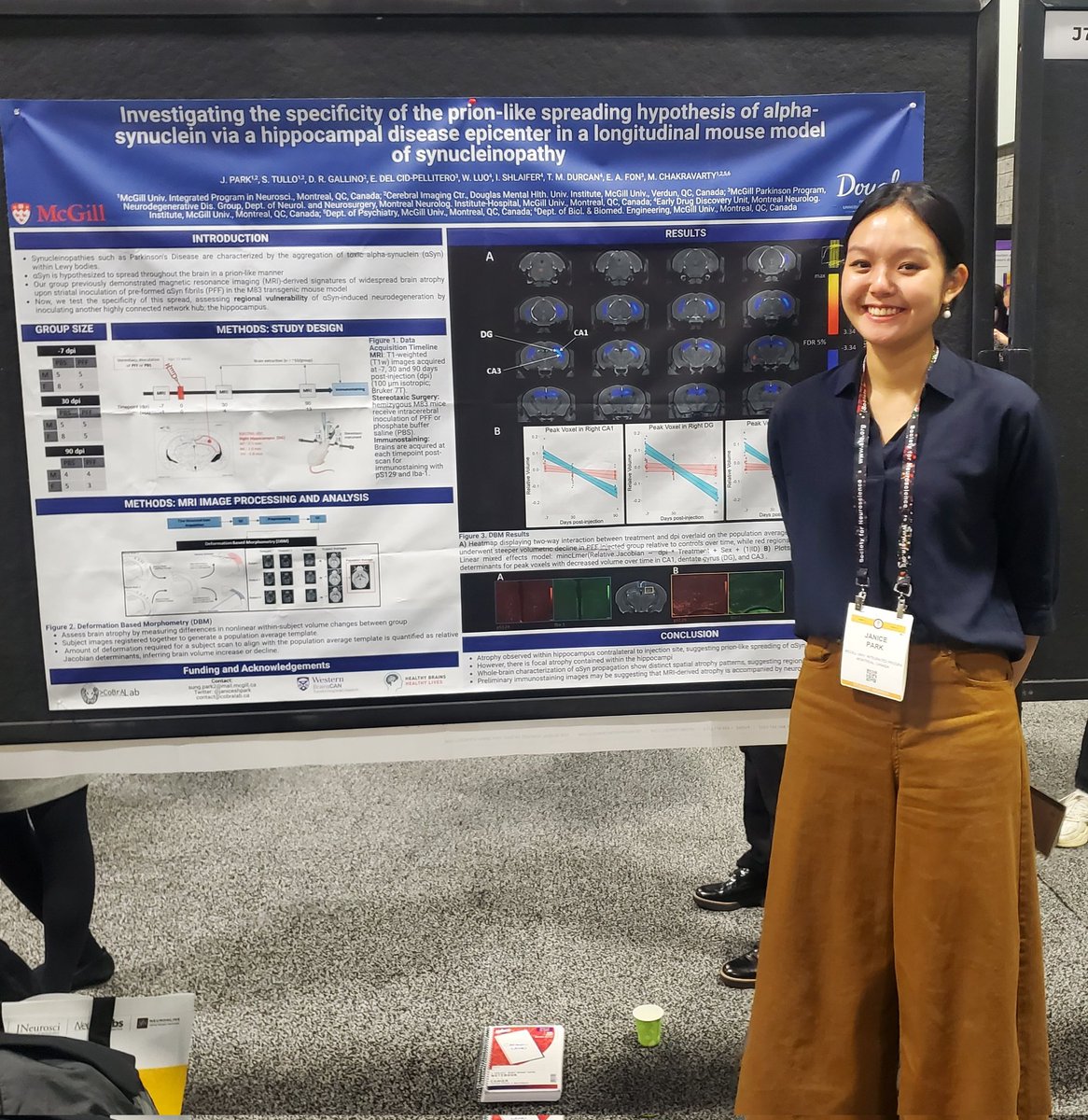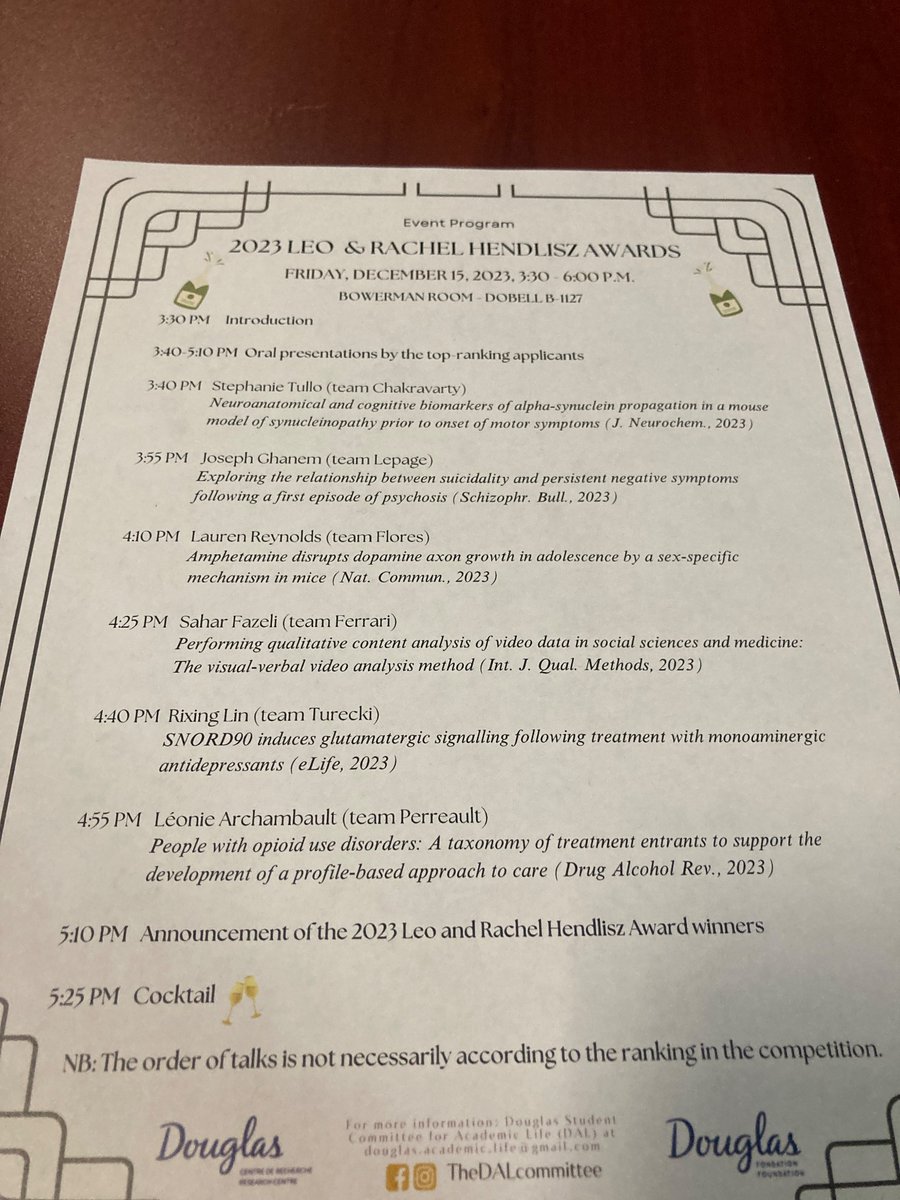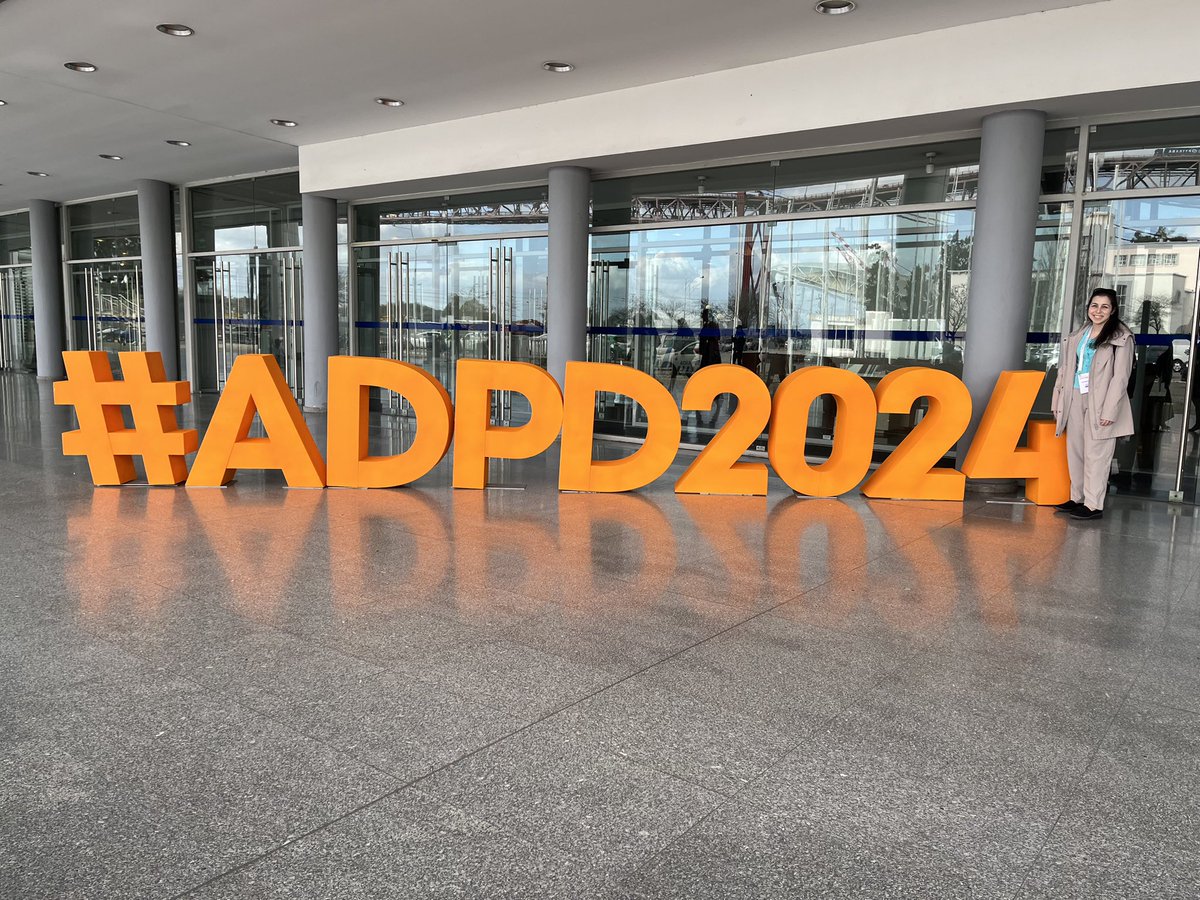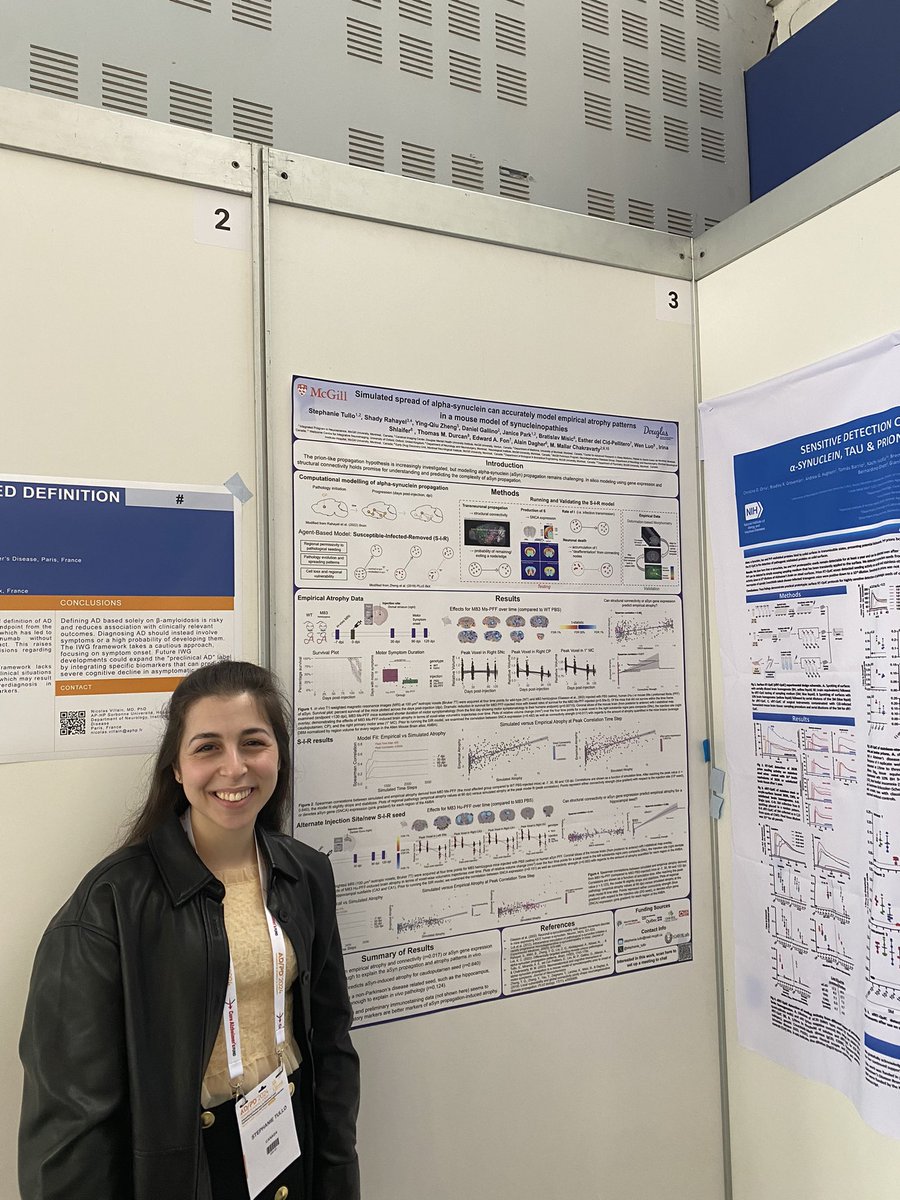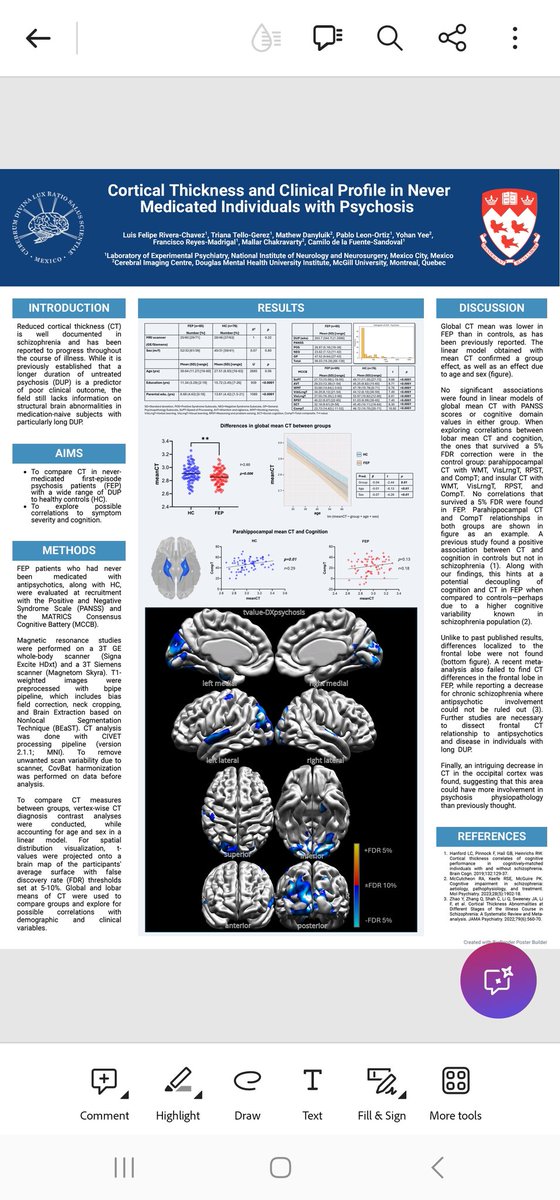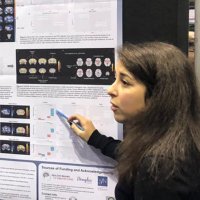
Stephanie Tullo
@stephanie_tullo
ID: 1187083443068428290
23-10-2019 19:08:55
91 Tweet
100 Followers
75 Following



Ever wondered how intense white matter hyperintensities are? In our latest paper just published in @BrainComms, we explore how the intensities of different MRI images (so-called "signal measures") sampled within WMHs relate to disease progression doi.org/10.1093/brainc…

Hey Society for Neuroscience (SfN) & TouchscreenCognition: Don't miss out on Oren Princz-Lebel's poster titled "An automated touchscreen-based stimulus-response learning task for mice is sensitive to in vivo dopamine dynamics and synucleinopathy." PSTR172.12 RR9, Sun Nov 12, 1-5 pm


Interested in seeing how parts of the brain age together and how it relates to cognitive decline? With replicable results! 🎉 Come to my nanosymposium at Society for Neuroscience (SfN) bright and early tomorrow (12th) at 8 am, room 144! No 🐭 and no synuclein data here this time but still 🤯 #SfN23


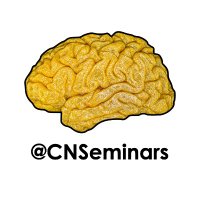
Mallar Chakravarty (Mallar Chakravarty) talks about multi-species translational #neuroimaging strategies in #psychiatry 🎥 youtube.com/live/gPB1Qu9iN…
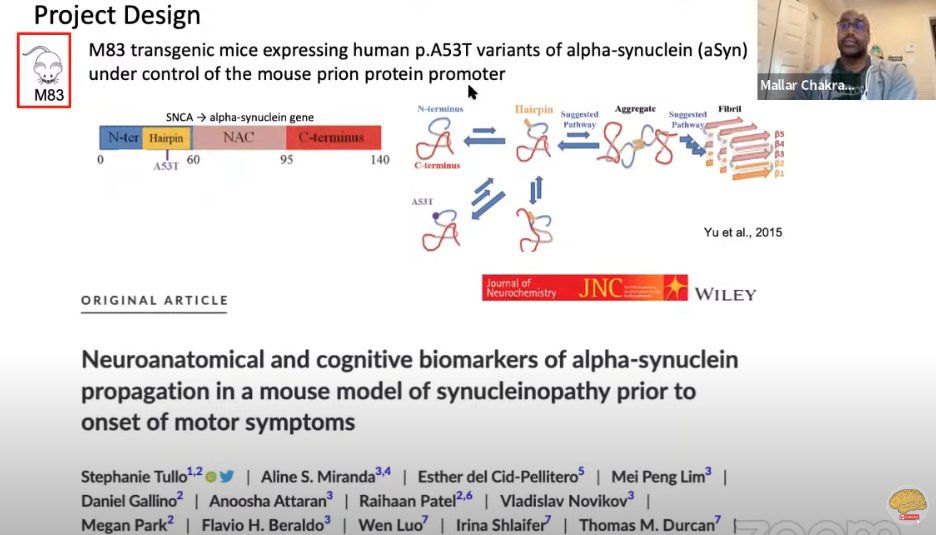


I am looking for a motivated Postdoc to come work with me at the Douglas Research Centre McGill University on an exciting project combining neuroimaging and transcriptomics to study aging and brain disorders/neurodegeneration, starting from February 2024. Please RT! douglas.research.mcgill.ca/offres_d_emplo…



It’s that time! My poster is up! Come by today or tomorrow to check out our cool results! Big thanks to @alain_dagher Shady Rahayel Janice Park (Sung Hyun) Bratislav Misic Mallar Chakravarty and all the other coauthors! #ADPD2024
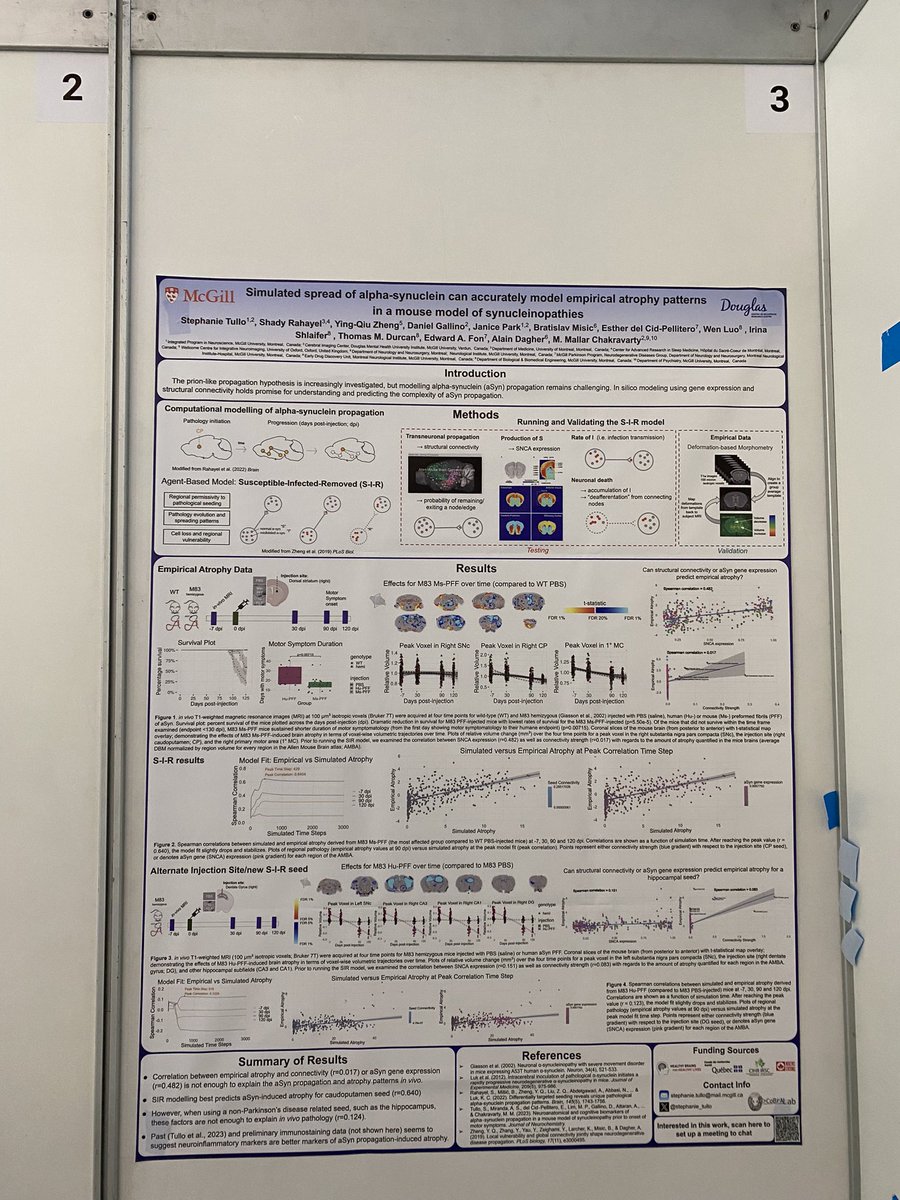

Go check out Stephanie Tullo 's poster at #ADPD2024. Can you use a computational model to represent atrophy caused by prion-like spreading of a-syn? Is it generalizable across seed points. Be sure to drop by to find out!




New paper led by Aurélie Bussy now out in Neurobiology of ageing. We use non-negative matrix decomposition using morphological and qMRI measures (T1, T2*) to understand the relationship between GM and microstructure in the Alzheimer's spectrum. sciencedirect.com/science/articl…




